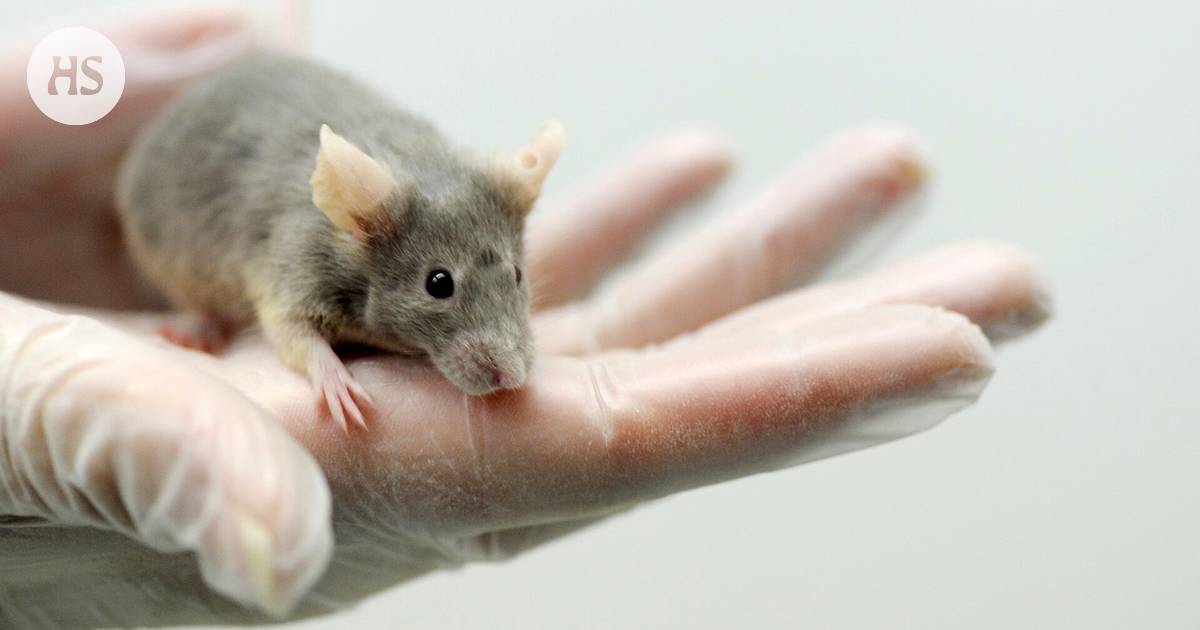
Kidney stones are a common urinary disease that occurs when minerals in urine crystallize and deposit in the kidneys. A study by MSc. Nguyen Truong Hoan from Tam Anh General Hospital in Ho Chi Minh City found that 1-13% of the world’s population has kidney stones, with 2-12% of the Vietnamese population affected, 40% of which are kidney stones.
The treatment for kidney stones varies depending on factors such as size, location, and complexity. Small stones of 4-6 mm can be treated with medication and increased water intake to dissolve and shrink them so they can be excreted through urine. Extracorporeal shock wave lithotripsy (ESWL) is a non-invasive method that uses shock wave energy to break up kidney stones, while percutaneous and endoscopic lithotripsy are minimally invasive methods that involve inserting a laser device to crush and remove stones.
In some cases, open surgery may be necessary for large and complicated stones. However, this method is highly invasive and poses risks of complications, so it is not the preferred option. After treatment, patients are advised to change their lifestyle habits, such as drinking plenty of water, limiting certain foods and substances, exercising regularly, and having regular check-ups to detect any recurrent stones early on.
If you experience symptoms like severe back pain, hematuria, recurrent urinary tract infections, painful urination, cloudy urine, fever or chills you should seek medical attention as you may be at risk of urinary tract diseases like kidney stones. Early diagnosis and treatment can help prevent dangerous complications and preserve kidney function.





